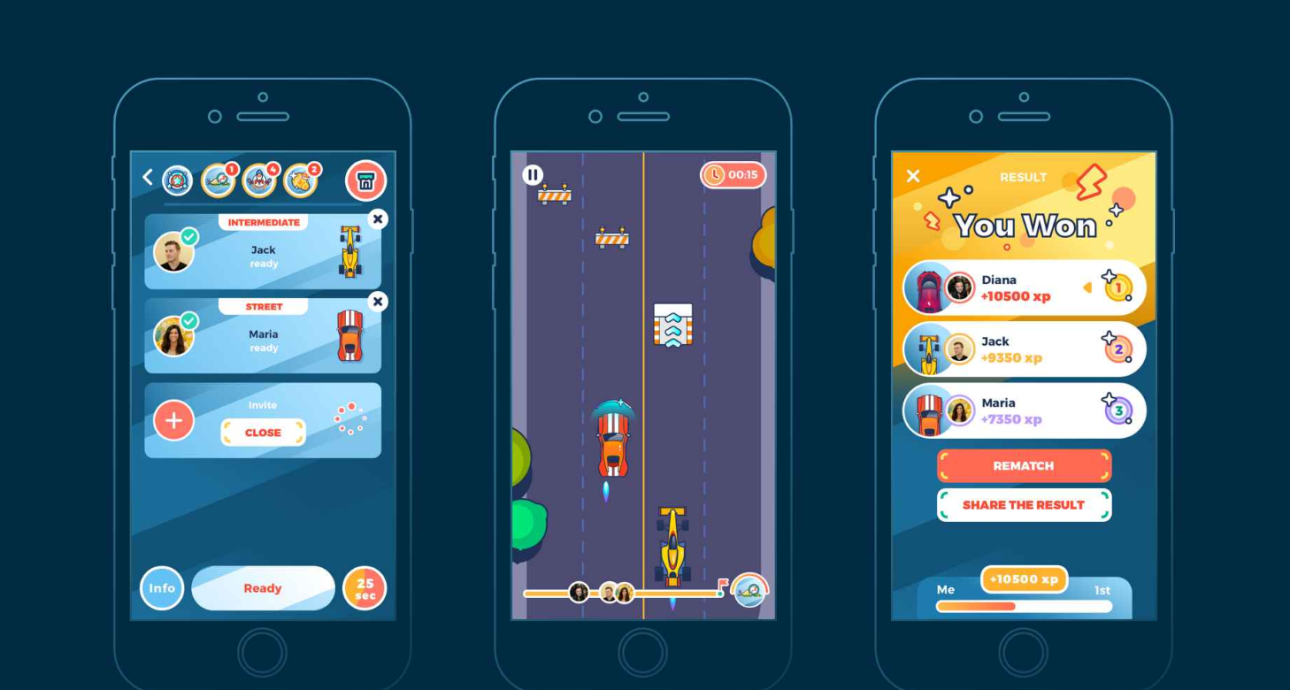As players demand deeper narratives and more immersive experiences, the way we present information has become just as important as the story itself. In 2025, one of the most significant trends in narrative game design is the use of minimalist UI (User Interface) to enhance immersion.
Gone are the days of screen-cluttering HUDs and over-explained menus. Today’s most engaging games are stripping things down—on purpose. The result? Players are more emotionally connected to the world, the characters, and the moment-to-moment gameplay.
Let’s explore why minimalist UI works, how it’s being implemented, and what it means for both designers and players.
What Is a Minimalist UI?
A minimalist UI removes all unnecessary visual clutter and focuses only on what the player needs—when they need it. It’s clean, unobtrusive, and often blends seamlessly with the game world.
Instead of a health bar that’s always visible, it might appear only when you’re damaged. Instead of a full mini-map, you might navigate through environmental cues. Instead of dozens of button prompts, you might interact based on context-sensitive inputs.

Why Minimalism Boosts Immersion
- Focus on Storytelling When your screen isn’t packed with meters, buttons, and icons, your attention naturally shifts to the narrative unfolding in front of you. You notice expressions, sounds, and setting details that would otherwise be missed.
- Enhanced Emotional Engagement Fewer visual distractions make emotional moments hit harder. Think of how Inside or Journey let you breathe in their environments. These games tell rich stories without a single piece of text or UI.
- Diegetic Design Integration Minimalist UI often relies on diegetic elements—visual cues that exist within the game world (like a holographic map your character holds). This technique grounds players deeper into the narrative and helps avoid immersion breaks.
How Top Games Use Minimalist UI
- Death Stranding uses on-body HUD elements (like indicators on Sam’s suit) to keep info contextual and in-world.
- Hellblade: Senua’s Sacrifice avoids HUDs entirely, using sound design and visual cues to guide players.
- Ghost of Tsushima uses wind direction for navigation instead of a map, keeping players grounded in the environment.
- The Last of Us Part II minimizes UI elements during cutscenes and key emotional beats for maximum impact.
Design Principles for Minimalist UI

If you’re designing a minimalist UI, consider these core principles:
- Contextual Visibility Show only what the player needs at that moment—whether it’s health, stamina, or interaction prompts.
- Environmental Storytelling Support Let the environment handle as much guidance and information as possible. Architecture, lighting, and ambient audio can replace traditional UI markers.
- Player-Led Discovery A minimalist interface encourages exploration. Players learn systems and story beats naturally instead of being told everything up front.
- Smooth Transitions Avoid hard UI pop-ups. Use fading, soft animations, or diegetic integration to introduce interface elements.
- Accessibility Matters While stripping down UI, ensure vital information is still easily accessible—especially for players with cognitive or visual impairments. Minimal doesn’t mean inaccessible.
Challenges to Watch Out For
- Over-simplification can lead to confusion or frustration. Always test whether players understand what to do.
- Device-specific issues, especially on mobile, may require a balance between minimalism and usability.
- Lack of feedback during critical actions (like combat) can feel unresponsive if visual cues are too subtle.
Final Thoughts
Minimalist UI isn’t just an aesthetic choice—it’s a narrative tool. It places trust in the player and the environment, allowing the story to unfold naturally without constant visual interruption.
In 2025, as games lean more into emotional storytelling and experiential design, a clean, intentional UI could be the key to building unforgettable moments. For developers, the challenge is finding the perfect balance between information, clarity, and immersion.


